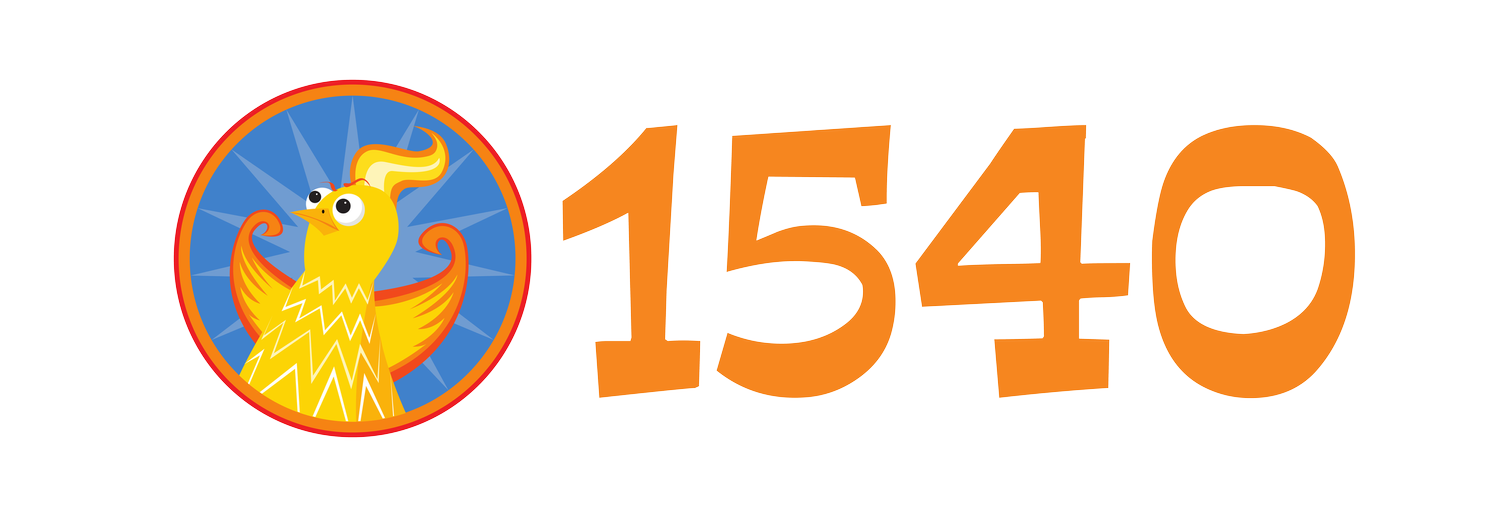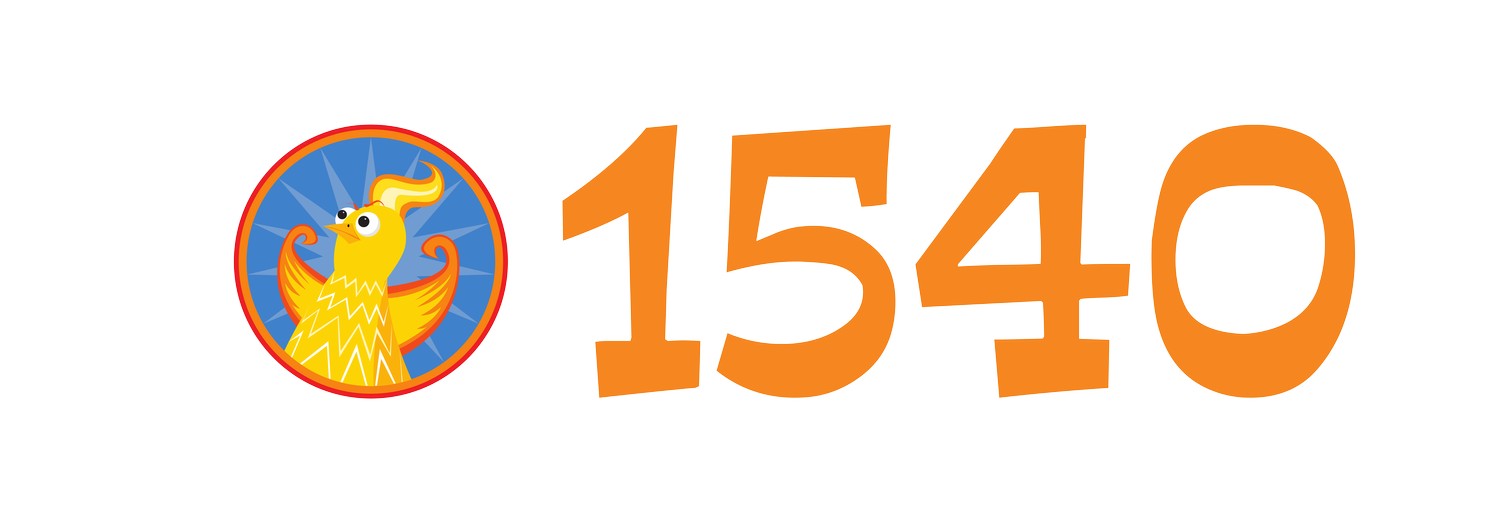WaterTrotter
Water Trotter was designed with an eye for utilizing easy to get and accessible resources, with the intent of not limiting usage due to a lack of materials. Another upside of Water Trotter is that it uses an ultraviolet purification lamp, placed in between the two tires and so that when the tires rotate, it powers the generator to run the UV lamp. The generated light kills the tiny invisible bacteria in the water, thus purifying the water. The process of turning the tires not only helps with providing clean drinking water, but also with adding potable washing material for cleaning dishes and potable cooking water as well.
We intend to focus our development in a town called Gojo located in the Jeldu region of Ethiopia. We expect that the solution we develop will apply broadly throughout the developing world, however, Gojo is a prime example of the interaction of food and clean water scarcity and the negative effects upon the population. In Gojo, people walk up to five miles every day to fill up jerry cans, the average mode of transporting water in Africa, that weigh over forty pounds (40 lbs) when full. Women generally conduct this hilly trek before the sun rises in order to collect (dirty) water for themselves or their families. By the time they return home, there isn’t time or fuel to boil the water so they use the water in their food and to drink even while it still contains harmful bacteria.
After receiving the Lemelson-MIT InvenTeams grants last year to design and implement ScumBot, known colloquially as an aquatic Roomba, we decided to expand the Catlin Gabel InvenTeam this year beyond the constraints of a single project. So when a group of Catlin Gabel InvenTeam students found out about the Clean Tech Challenge 2015, we were determined to submit our own project for engineering and philanthropy.
The theme of the challenge this year was “Feed the World,” so in response we created Water Trotter, a product that transports water in developing countries in a cost effective way. Out of 350 teams competing for the Clean Tech Challenge, we placed first and won a $10,000 grant to help boost the project to achieve its fullest potential.


